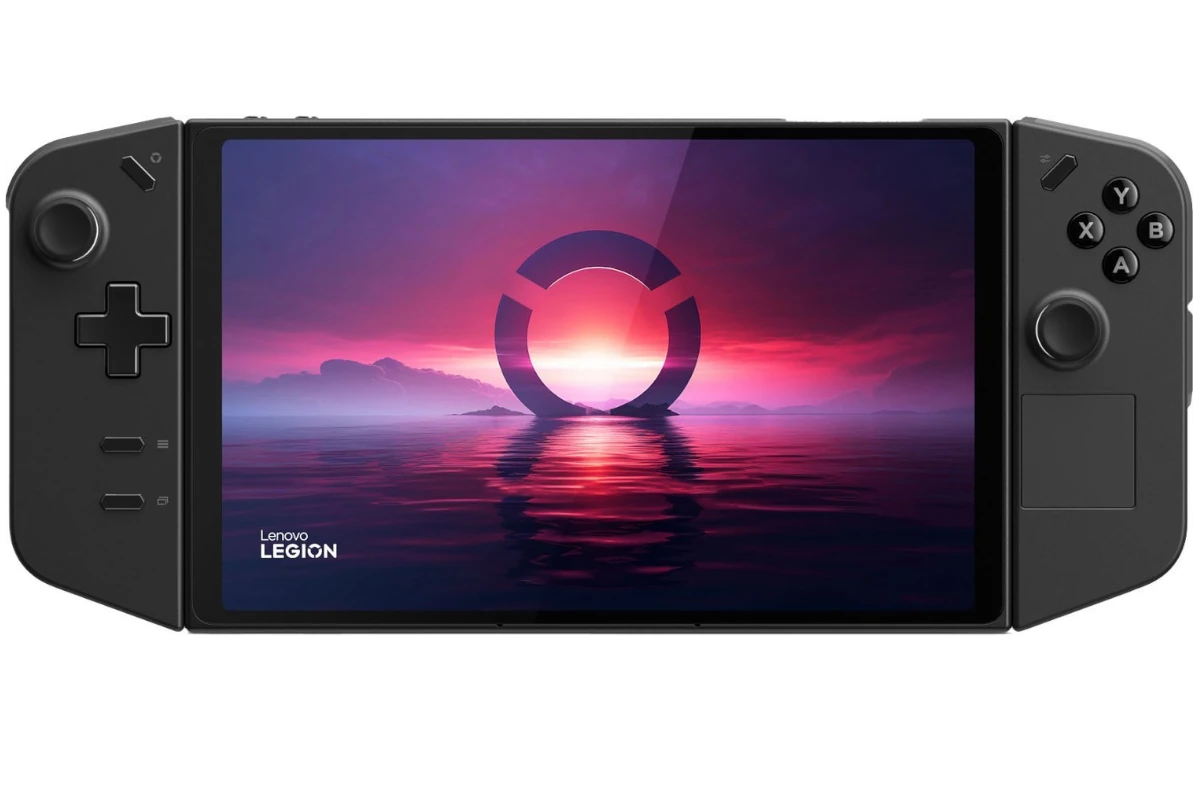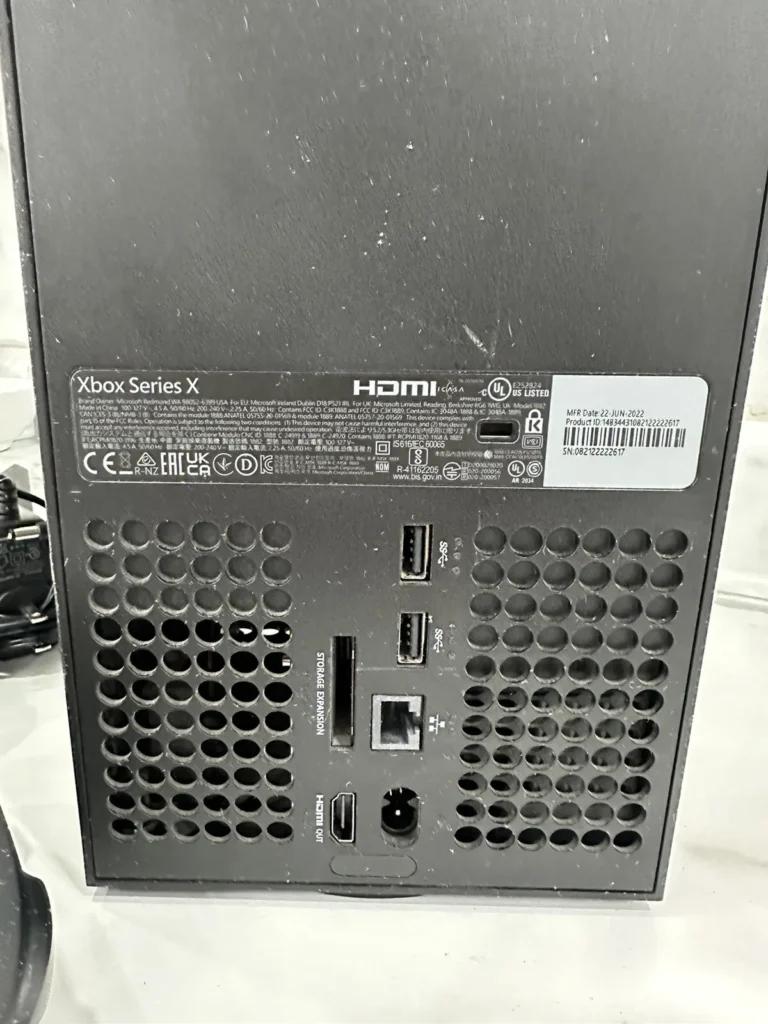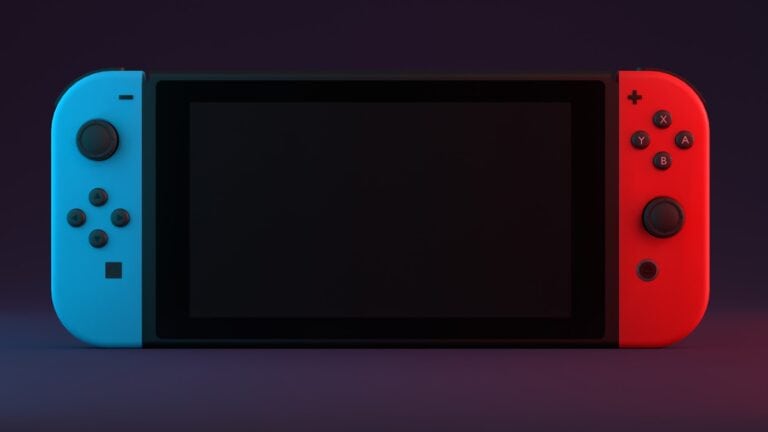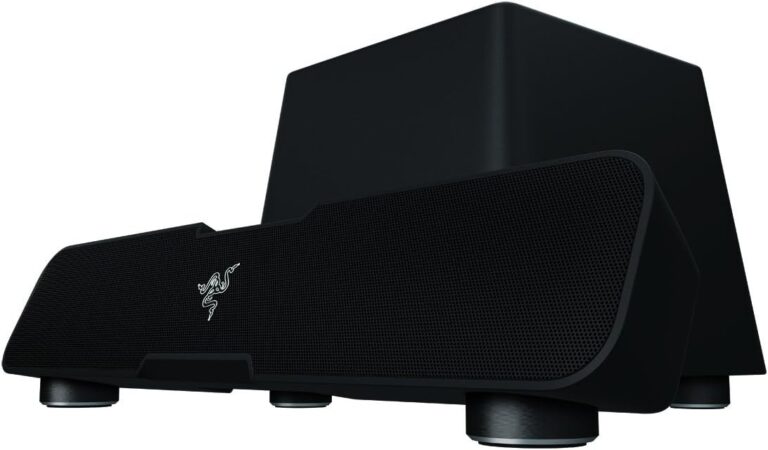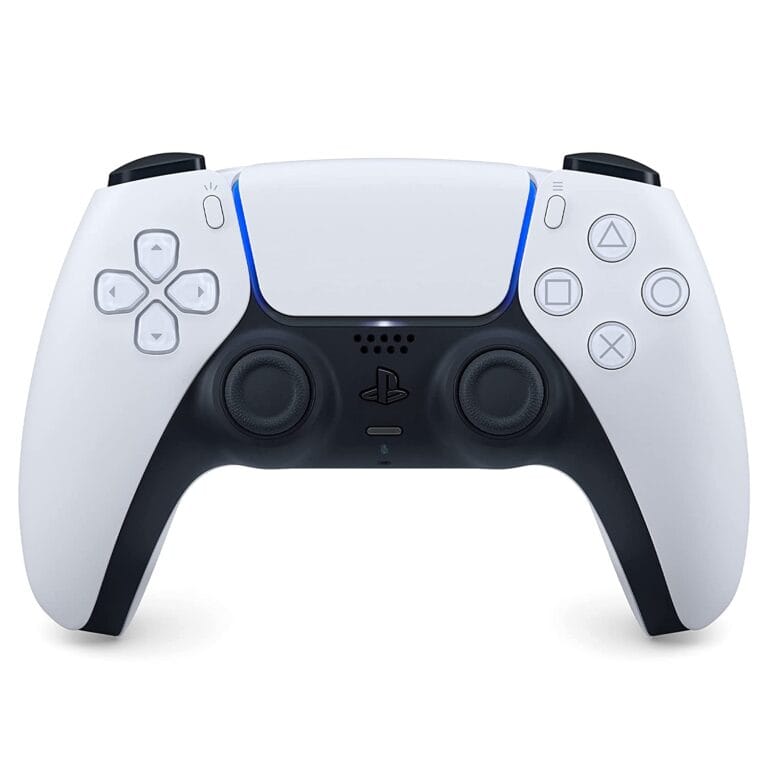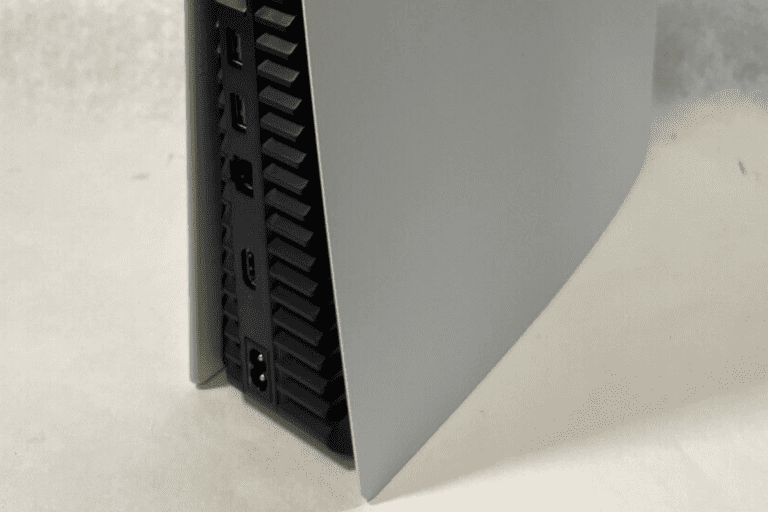Lenovo recently launched the Legion Go, a new handheld gaming device that competes strongly in the market. Starting at $699, it aims to provide PC gaming quality in a portable format. The device features an 8.8-inch QHD touchscreen display, an AMD Ryzen Z1 Extreme chip, and up to 1TB of storage, making it an ideal option for gamers prioritizing high performance and portability. However, its reliance on Windows 11 as the operating system can be both beneficial and disadvantageous. While it allows extensive customization through apps and programs, it may overwhelm users seeking a simple gaming handheld. This review will explore the features of the Lenovo Legion Go, compare it with its competitors, and look into its unique features such as detachable controllers and FPS mode to decide if it stands out in the crowded gaming market. This device aims to bring PC gaming to the palm of your hand, but does it live up to the hype? Let’s examine its features and performance and compare it to the competition to determine if it’s worth the investment.
Lenovo Legion Go: The Steam Deck Rival Arrives
The handheld PC gaming market is heating up, and Lenovo is the latest to join the fray with the Legion Go. This Windows 11 handheld aims to take on Valve’s Steam Deck with its unique features and powerful hardware. But is it worth the $699 price tag? Let’s dive into the details.
Hardware and Design
The Legion Go boasts an 8.8-inch QHD+ display with a 144Hz refresh rate, promising smooth visuals and responsive gameplay. Under the hood, it packs an AMD Ryzen Z1 Extreme processor, 16GB of RAM, and up to 1TB of storage. This combination should handle most modern games with ease.
One standout feature is the detachable controllers, reminiscent of the Nintendo Switch Joy-Cons. These controllers offer flexibility for different playstyles and can even be used with the included controller base for a more traditional gaming experience.
Gaming Performance
The Legion Go aims to deliver a console-like experience on the go. With its powerful hardware and Windows 11 operating system, it can access a vast library of PC games. Early benchmarks suggest it can handle demanding titles like Cyberpunk 2077 and Forza Horizon 5 at respectable frame rates.
However, battery life remains a concern for handheld gaming devices. Lenovo claims up to 4 hours of gameplay, but real-world usage may vary depending on the game and settings.
Comparison with Competitors
The Legion Go faces stiff competition from the Steam Deck, which has garnered a loyal following. Both devices offer similar features and performance, but the Legion Go differentiates itself with its detachable controllers and larger display.
Here’s a quick comparison:
| Feature | Lenovo Legion Go | Steam Deck |
|---|---|---|
| Display Size | 8.8 inches | 7 inches |
| Resolution | QHD+ | 800p |
| Processor | AMD Ryzen Z1 Extreme | AMD APU |
| RAM | 16GB | 16GB |
| Storage | Up to 1TB | Up to 512GB |
| Operating System | Windows 11 | SteamOS |
| Controllers | Detachable | Built-in |
| Price | $699 | $399+ |
Is It Worth It?
The Lenovo Legion Go is a promising handheld PC gaming device with impressive hardware and unique features. Its detachable controllers and larger display make it a compelling alternative to the Steam Deck. However, the $699 price tag is a significant investment.
Whether it’s worth it depends on your priorities. If you value a larger screen, detachable controllers, and the flexibility of Windows 11, the Legion Go might be a good fit. But if you’re on a budget or prefer the Steam Deck’s ecosystem, it might be a better choice.
Ultimately, the best way to decide is to try it out for yourself. Keep an eye out for reviews and hands-on impressions as the Legion Go nears its release.
Overview of Lenovo Legion Go
The Lenovo Legion Go is the newest player in the handheld gaming device market. It’s priced at $699, aiming to deliver PC gaming experiences anywhere you are. This device stands out with its 8.8-inch QHD touchscreen display. Under the hood, it’s powered by an AMD Ryzen Z1 Extreme chip, which promises fast and smooth gameplay. The Legion Go also offers up to 1TB of storage, making sure players have plenty of space for games and media.
One key feature is its reliance on Windows 11 as the operating system. This choice offers gamers a lot of customization options. However, it could also make things a bit more complicated for those who prefer a simpler setup. The device is designed to appeal to gamers who don’t want to compromise on performance, even when they’re away from their home gaming setup.
When it comes to game performance, the Legion Go shows promise. Using FSR 2.1 technology, it can run demanding games like Cyberpunk 2077 at the playable frame rates, all while maintaining good visual quality. However, to achieve higher frame rates, adjustments like lowering the resolution might be necessary, impacting the overall image sharpness.
In tests with other games, the device had mixed results. For instance, in Rocket League, reaching the desired 144fps to match the device’s 144Hz refresh rate proved challenging without compromising on certain settings. Yet, the capability to run newer titles, such as Starfield, even with low graphics settings, is a step forward for on-the-go gaming.
Overall, the Lenovo Legion Go is designed for gamers seeking mobility without sacrificing performance. Its hardware and software choices reflect an intention to balance gaming power with the practicality of a portable device. Whether it’s the right choice depends on individual needs and expectations.
Specifications and Features
The Lenovo Legion Go stands out in the crowded market of handheld gaming devices. At its core is an AMD Ryzen Z1 Extreme chip. This processor is a powerhouse, capable of delivering high performance for the latest games. With up to 1TB of storage, players have ample space for their favorite titles and media.
The device sports an 8.8-inch QHD touchscreen display. The resolution here is impressive, 2560 x 1600p, which brings games to life with sharp and vibrant visuals. Although it’s not an AMOLED panel, the IPS display ensures colors are bright and angles wide. A notable feature is the 144Hz refresh rate, making gameplay smooth and responsive.
Beyond the specs, the design elements receive mixed reviews. The ergonomics present some challenges. Users may find the device unwieldly due to its size, particularly during extended gaming sessions. The button and control stick placement works well, but the device’s large display can make it feel too bulky for comfortable handheld play.
The carrying case, while protective, lacks a dedicated space for the charging cable. This oversight implies a risk of screen damage if the cable is stored improperly. Despite these minor flaws, the Lenovo Legion Go’s attempt to balance performance with portability is clear. Yet, its substantial size prompts considerations for those seeking a truly portable gaming experience.
This device operates on Windows 11, broadening its utility beyond gaming. Users can customize their experience extensively, from gaming setups to general computing tasks. However, this flexibility may come with a learning curve for individuals more accustomed to straightforward gaming systems.
Performance and Gaming Experience
The Lenovo Legion Go brings its A-game with a powerful AMD Ryzen Z1 Extreme chip. This heart of the device ensures games run smoothly. It’s not just about speed, though. The Legion Go offers up to 1TB of storage. This means plenty of room for games, apps, and media.
The 8.8-inch QHD touchscreen is a standout feature. With a 2560 x 1600p resolution and a 144Hz refresh rate, games look sharp and move fluidly. This screen is bigger and clearer than many competitors, making for an immersive experience.
However, the design of the Legion Go poses some challenges. It’s bulkier and heavier than other handheld consoles. This might affect how long you can play. Comfort is crucial in gaming, and this might not hit the mark for everyone.
On the software side, the Windows 11 operating system opens up a world of customization. You can tweak settings to optimize performance or user experience. This flexibility is a double-edged sword, though. For gamers looking for simplicity, the setup process could be daunting.
Brightness levels are another critical factor. Lab tests showed the Legion Go’s display averages 476 nits of brightness. While this is slightly below the advertised 500 nits, it’s still bright enough for most gaming scenarios. Yet, in direct comparison, some competitors offer brighter screens.
In terms of overall gaming experience, the Lenovo Legion Go aims high. Its performance specs are solid, and the large, vibrant display stands out. Issues with ergonomics and the complexity of Windows 11 might deter some. Yet, for gamers seeking powerful performance and customization, the Legion Go has a lot to offer.
Comparison with Competitors
When it comes to portable gaming, the Lenovo Legion Go finds itself in a crowded field. Devices from major players like Asus and Dell, with their ROG and Alienware lines, set high standards. The Legion Go, priced at $699, stakes its claim with the AMD Ryzen Z1 Extreme chip, designed for smooth gameplay. However, its competitors often boast similar or slightly better performance, sometimes at a similar price point.
Storage options for the Legion Go are competitive, offering up to 1TB. This is on par with many of its rivals, ensuring gamers have ample space for their libraries. The 8.8-inch QHD touchscreen display, featuring a 2560 x 1600p resolution and a 144Hz refresh rate, stands out. Not all competitors offer such a high refresh rate, which is crucial for sharp and fluid visuals in fast-paced games.
Yet, the device’s bulkier design might deter some users. When compared to sleeker models from Asus or Dell, the Legion Go might not appeal to those valuing portability and comfort in their gaming handhelds. Furthermore, the Windows 11 operating system, while powerful, introduces complexity that some rival devices avoid by opting for more straightforward, gaming-focused interfaces.
Battery life is where the Legion Go notably lags behind. Offering only 1-2 hours of gameplay before needing a recharge, it falls short of what most portable gaming devices aim for. Competitors often manage to squeeze out more playtime, making them more appealing for gamers on the go.
In terms of display brightness, lab tests reveal that the Legion Go’s screen brightness doesn’t quite meet advertised levels. While still delivering quality visuals, it’s something where some competitors manage to edge out, providing screens that excel in both indoor and outdoor settings.
Ultimately, the Lenovo Legion Go presents a solid option with its high refresh rate display and ample storage. However, its bulkier design and shorter battery life are areas where competing devices might offer a better experience.
Frequently Asked Questions
Do you need antivirus on Lenovo Legion Go?
Yes, to safeguard your Lenovo Legion Go from malicious software, it is advisable to install up-to-date antivirus software. Additionally, exercise caution when opening emails or downloading files from unknown sources and consider using a firewall for enhanced network security.
Is the Legion Go worth buying?
The Lenovo Legion Go offers unique features like an FPS mode and detachable controllers, making it a strong contender in the Windows portable gaming market. However, its appeal might be limited by required customization and interface quirks. For those seeking plug-and-play ease, alternatives like the Switch or Steam Deck might be more suitable.
Should I leave my Lenovo Legion laptop plugged in all the time?
While it is safe to keep the laptop plugged in due to modern battery technology, doing so continuously may diminish the battery’s lifespan over time. For optimal battery health, aim to maintain the charge level between 20% and 80%.
Can the Lenovo Legion go be docked?
Yes, the Lenovo Legion Go is designed with USB-C connectivity that allows for docking without additional cables, similar to the Nintendo Switch docking mechanism. This feature enhances its versatility, enabling easy transition from portable to desktop gaming setups.

